Every great product begins with a vision and a clear idea that promises to solve real problems, unlock new opportunities, and accelerate your company’s growth. But vision alone won’t bring that product to life. Execution is what transforms ideas into impact, and execution depends on one critical factor: the partner you choose to build with.
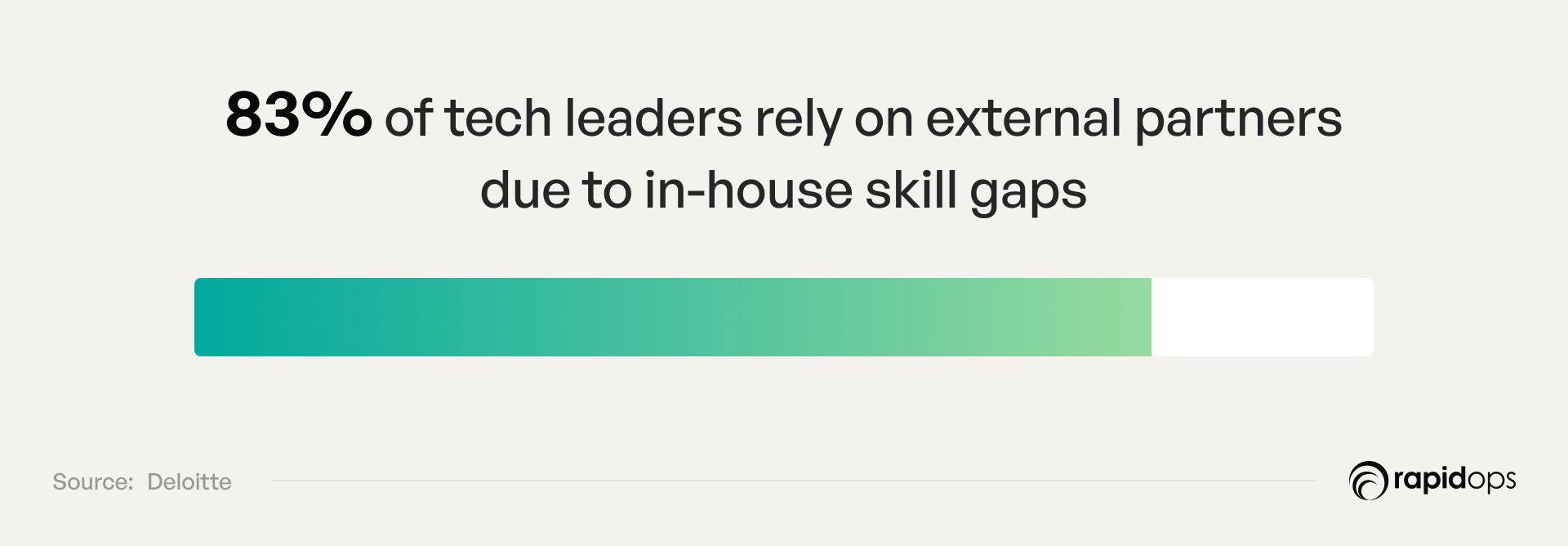
The stakes are high. According to Zipdo’s 2023 report, 31.1% of software projects are canceled before completion, not because the ideas lacked merit but because the partnerships behind them didn’t align. Misunderstood goals, poor communication, and conflicting approaches quietly erode progress until projects stall or fail.
Choosing a product development partner is far more than a transactional decision. It’s a strategic choice that shapes your entire digital journey. The right product development partner becomes an extension of your team, committed to your vision, aligned with your goals, and equipped to navigate complexity with agility and clarity.
If you want to avoid becoming part of that 31.1%, this article will walk you through the essential considerations when selecting a product development partner, helping you build not just software but lasting business momentum and success.
Why your product’s success depends on the right development partner
Your development partner doesn’t just build your product, they shape its future. The right partner aligns with your goals, challenges assumptions, and drives clarity through complexity. The wrong one quietly derails progress. Product success isn’t just about code, it’s about choosing someone who builds with intent, ownership, and strategic purpose.
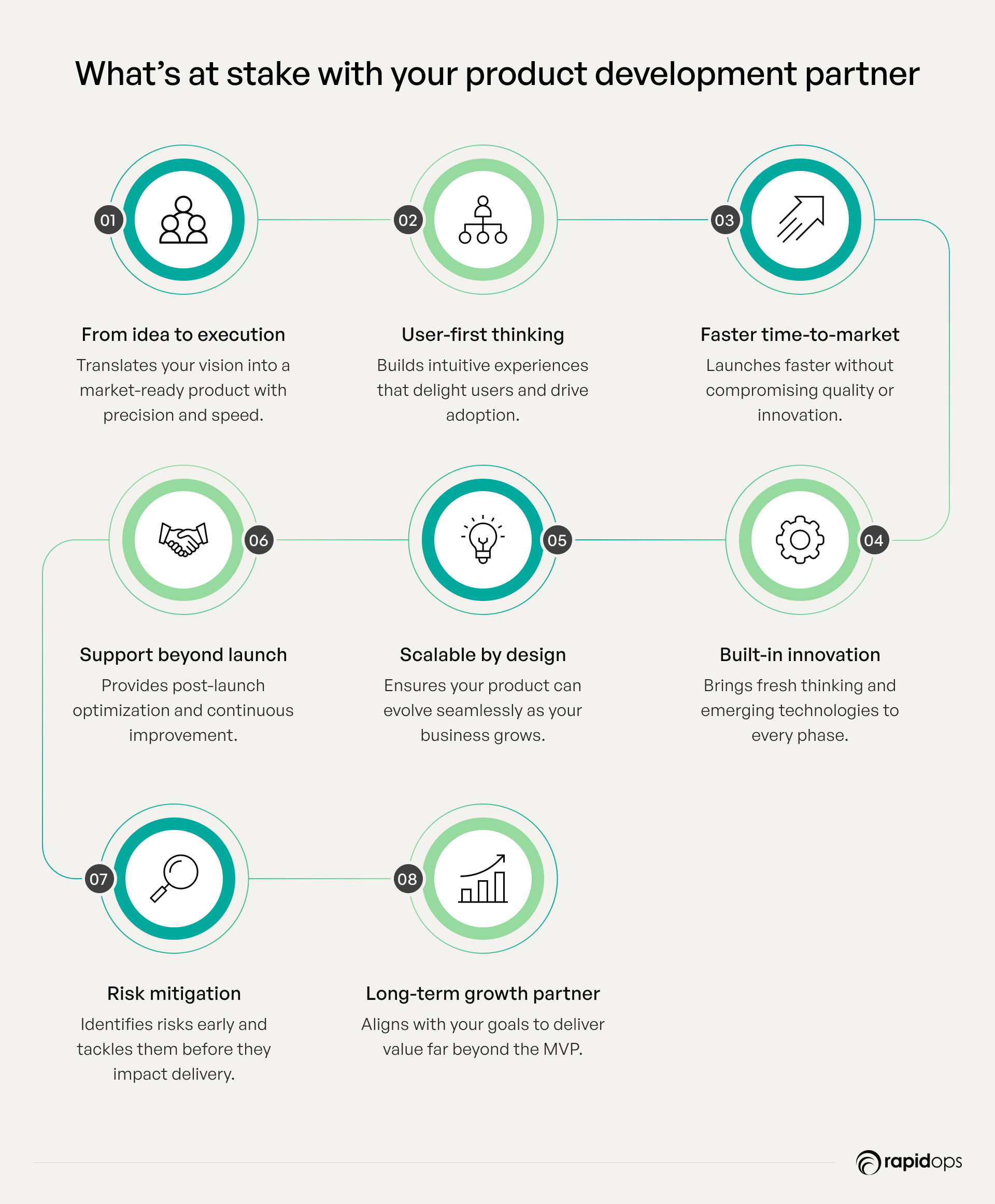
1. From concept to creation
The journey from concept to creation is where your vision takes shape and the right product development partner makes all the difference. Beyond simply building your product, a skilled partner brings deep strategic insight and technical expertise to guide every step of the process.
They help you identify the best technology solutions tailored to your unique challenges, ensuring efficiency and scalability from the start. But their role doesn’t end there, they also support you in understanding how to leverage these technologies effectively, aligning architecture, integration, and performance with your business goals.
From validating requirements to prototyping and iterative development, this partnership minimizes risk, accelerates time-to-market, and lays a solid foundation for a product designed to grow and innovate alongside your business.
2. Accelerating time-to-market
Time is of the essence in today’s fast-paced digital landscape. The right software development partner accelerates your product’s time-to-market by optimizing development processes and streamlining workflows. This speed allows you to seize market opportunities ahead of competitors without compromising on quality.
A digital product development partner with experience in agile methodologies can help you prioritize features, iterate quickly, and deliver results faster. By minimizing bottlenecks and aligning team resources effectively, the right partner ensures that the project stays on track, allowing you to launch a robust product on time.
3. Innovating for competitive advantage
To stay ahead of the curve, your product needs to evolve and innovate continuously. A partner who specializes in custom product development not only brings industry-specific knowledge but also fosters an environment of innovation that propels your product forward.
The right product development partner is not just focused on getting the product out the door; they help you build a product that adapts and thrives in an ever-changing market. From integrating the latest technologies to introducing new features based on user feedback, the right partner helps ensure that your product remains relevant and provides a competitive edge. Their commitment to continuous innovation positions your product to scale while meeting user needs and driving business growth.
4. Building for scalability and growth
As your product grows, so should its capabilities. A key element of selecting the right digital product development partner is ensuring that your product’s architecture is scalable from the outset. They help design products with long-term growth in mind, whether it’s expanding into new markets, adding features, or handling increasing traffic.
A product development partner who understands scalability knows how to create flexible, adaptive systems that can evolve with your business. This foresight ensures that as your product expands, it remains stable and efficient, thus supporting your growth ambitions without significant reinvestments in infrastructure.
5. Risk management and stability
Managing risk is one of the most critical aspects of product development. By partnering with an experienced product development partner, you mitigate potential risks associated with technology choices, development delays, or market changes. A reliable product development partner helps foresee challenges, reduce rework, and ensure that the product remains on course.
A custom product development company with a solid track record can navigate complex scenarios, ensuring stability in your product’s design and performance. By thoroughly testing and validating the product throughout its lifecycle, your development partner minimizes the risk of costly mistakes that could jeopardize your product’s success.
6. User-centered design for success
In the end, your product is only as good as the experience it provides for its users. A product development partner who understands the importance of user-centered design plays a pivotal role in crafting products that resonate with users. The right software development partner ensures that every aspect of your product, from interface design to functionality, is designed with the end-user in mind.
By incorporating user feedback, conducting usability testing, and ensuring a seamless user experience, your partner ensures that your product is intuitive, engaging, and drives adoption. The right partner’s focus on UX design translates into a higher rate of product success in the market.
7. Sustaining success post-launch
The journey doesn’t end when your product hits the market. After launch, your product requires ongoing support, updates, and optimization to ensure it stays competitive and relevant. A digital product development partner who offers post-launch services ensures your product’s evolution through timely updates, bug fixes, and improvements based on real-world usage.
A custom product development company with a long-term perspective is invested in your product’s continued success. They help you monitor performance, gather user feedback, and ensure that the product is continuously improving to meet user demands and market trends.
The right product development partner can be a catalyst for long-term success. They help you manage risks, maintain stability, and unlock continuous innovation. With a team that’s aligned to your vision, your product won’t just launch, it will adapt, scale, and create lasting impact in an ever-evolving market.
Core criteria for evaluating a product development partner
Evaluating a product development partner goes beyond assessing skills, it’s about identifying a trusted ally who aligns with your strategic goals, embraces accountability, and fuels sustainable innovation. This partnership shapes not only your product’s quality but your company’s ability to compete and grow in a rapidly evolving digital landscape.
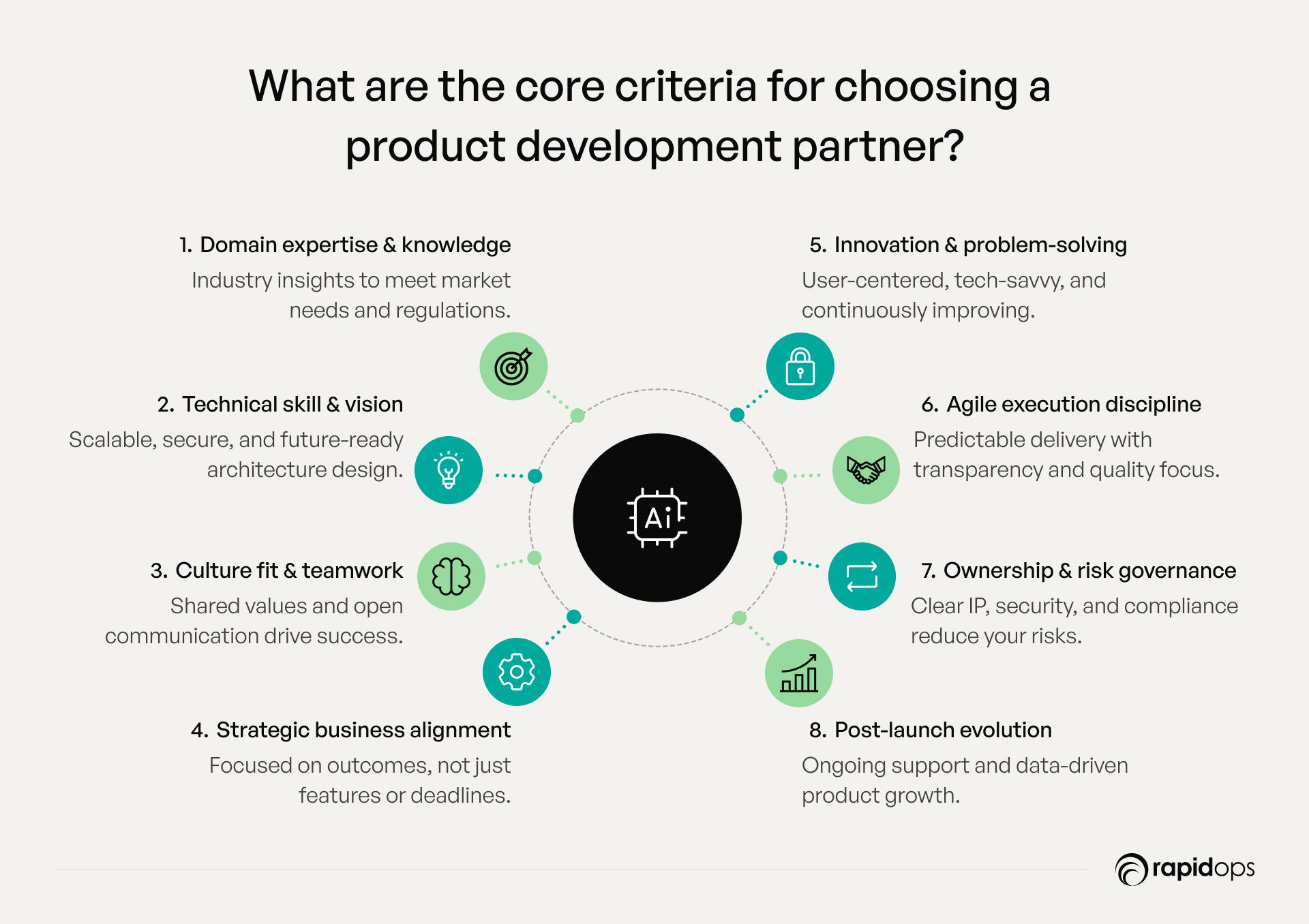
1. Domain expertise and industry knowledge
A partner with deep industry knowledge brings critical insights that ensure your product not only meets market demands but also adheres to necessary regulations. This expertise helps you avoid commercial pitfalls and positions your solution for greater success and sustained relevance within your sector.
- Contextual intelligence: They understand your industry’s unique workflows, standards, and customer expectations, enabling product designs that resonate with end-users and stakeholders.
- Anticipation of compliance requirements: Early and thorough knowledge of sector-specific regulations (e.g., FDA for healthcare, PCI DSS for finance) prevents costly redesigns and accelerates time to market.
- Strategic alignment with market trends: Domain-savvy partners continuously track evolving industry trends, enabling you to leverage new opportunities and avoid obsolescence.
- Network access: Partners embedded in your industry ecosystem can open doors to complementary technologies, partners, or customers, amplifying your product’s reach and impact.
This expertise reduces risk and accelerates delivery of solutions that align precisely with market needs.
2. Technical capability and architectural vision
Technical excellence goes beyond coding, it’s about anticipating future needs and architecting for flexibility, security, and scale.
- Modular and scalable architectures: Partners proficient in designing systems using microservices, serverless architectures, or containerization ensure your product scales effortlessly as demand grows or pivots.
- Security-first mindset: Embedding security in development cycles, through practices like threat modeling, penetration testing, and encryption, protects data integrity and builds user trust.
- Cloud-native and hybrid expertise: Leveraging cloud platforms effectively (AWS, Azure, Google Cloud) ensures agility, high availability, and cost optimization.
- Automation and CI/CD pipelines: Automated testing and deployment pipelines reduce human error, speed release cycles, and enhance product reliability.
- Legacy system integration: Expertise in integrating with existing enterprise systems ensures seamless workflows and avoids costly rip-and-replace scenarios.
Technical capability is the bedrock for building products that remain adaptable, secure, and performant over their entire lifecycle.
3. Culture fit and team collaboration
Cultural alignment often determines the success of collaboration more than capabilities alone.
- Value congruence: A partner who shares your commitment to quality, innovation, and customer-centricity drives aligned decision-making.
- Communication rhythm and transparency: They prioritize clear, honest, and timely communication, using tools and rituals that integrate well with your team’s workflow.
- Adaptability and proactiveness: A culture that embraces change and proactively raises issues or suggestions creates a foundation for continuous improvement.
- Mutual respect and accountability: A culture of shared ownership where both parties commit to outcomes reduces blame and fosters productive problem-solving.
- Leadership and team stability: Consistent engagement from leadership and low turnover within the partner’s team preserve institutional knowledge and ensure continuity.
A strong culture fit transforms the partnership into a dynamic, trusted alliance capable of navigating complexities.
4. Strategic alignment with business goals
A product development partner focused only on writing code or executing tasks will eventually slow your momentum. You need someone who understands why you're building the product, not just what you're building.
- Business-first mindset: They ask strategic questions about your revenue model, user acquisition, customer lifetime value (CLTV), and competitive positioning, not just features and timelines.
- Cross-functional understanding: They connect product decisions to marketing, sales, operations, and customer success goals.
- Outcome-driven delivery: They measure success not by output (e.g., number of features shipped) but by business outcomes, like improved conversion, retention, or cost-to-serve.
- Product-market fit contribution: They help you validate hypotheses, reduce waste, and make smart trade-offs in your roadmap based on real market dynamics.
Without strategic alignment, you risk building a product that’s technically sound but commercially ineffective.
5. Innovation and problem-solving capability
Innovation is critical for differentiation and sustainable growth.
- Human-centered design thinking: The partner employs frameworks that deeply explore user needs and iterate solutions through prototypes and feedback.
- Technology scouting and application: They stay abreast of emerging tech trends like AI/ML, blockchain, or edge computing and evaluate their pragmatic application.
- Accelerator reuse: Developing reusable components, libraries, or frameworks increases efficiency and consistency.
- Challenge the status quo: Rather than accepting requirements at face value, they question assumptions to discover better, more impactful solutions.
- Continuous learning culture: They embed lessons from each sprint or release to refine processes and improve outcomes progressively.
This approach fuels a cycle of innovation that keeps your product ahead of market expectations.
6. Execution discipline and agile maturity
Delivery means combining predictability, responsiveness, and seamless cross-team coordination. Your product development partner should bring a disciplined execution model that aligns perfectly with your pace, governance, and feedback cadence.
- Agile at scale: Proven experience with Agile delivery frameworks (Scrum, SAFe, LeSS) in multi-team, multi-product environments.
- Full visibility: Uses tools like Jira, Azure DevOps, or ClickUp with dashboards that give you real-time insight into sprint progress, blockers, and velocity trends.
- Quality obsession: Built-in QA automation, performance testing, accessibility compliance, and ongoing regression coverage—not as afterthoughts, but integrated from day one.
- Collaborative rituals: Regular sprint demos, backlog grooming, retrospectives, and strategic reviews with your product, design, and engineering teams.
Velocity without discipline leads to rework. A mature partner delivers both speed and stability.
7. Ownership, IP clarity, and risk governance
Risk grows as your digital product becomes more central to your business model. Your partner must help you de-risk development, protect your intellectual property, and manage compliance without slowing down innovation.
- Clear IP terms: You retain full ownership of the codebase, design assets, and proprietary logic, contractually and practically.
- Secure development: End-to-end encryption, role-based access control, secure SDLC, and zero-trust principles across environments.
- Compliance alignment: Deep familiarity with your industry’s regulatory landscape (e.g., HIPAA in healthcare, PCI-DSS in fintech, etc.).
- Business continuity: Disaster recovery plans, service-level agreements (SLAs), and redundancy protocols are in place.
If your product development partner lacks maturity in risk governance, your legal, financial, and brand exposure increases exponentially.
8. Post-launch evolution and lifecycle ownership
Too many partnerships end after the initial product launch. But real success begins once your product is in the user’s hands. A strong partner doesn’t just build and exit; they commit to continuous evolution and ongoing improvement.
- Structured support models: Clear tiers for bug fixes, enhancements, monitoring, and SLAs for production issues.
- Data-driven optimization: Ability to set up dashboards, KPIs, and user behavior analytics that inform product decisions.
- A/B testing and iteration: Continues to test hypotheses, refine UX, and expand features based on usage, not gut feel.
- Roadmap co-creation: Partners in prioritizing what to build next, based on both business needs and technical insight.
The right product development partner scales with you, not just technically, but strategically, as your business grows and evolves.
If you're building something ambitious, complex, or business-critical, don’t settle for transactional vendors. Choose a partner who understands your business, shares your sense of urgency, and takes ownership of outcomes, not just output.
Key considerations for making a confident decision
To make confident decisions, focus on what truly matters for your business success. Think about how each choice fits your goals, the risks involved, and whether it can grow with you over time. When you zero in on these key points, decision-making becomes clearer and more purposeful, helping you move forward with certainty.
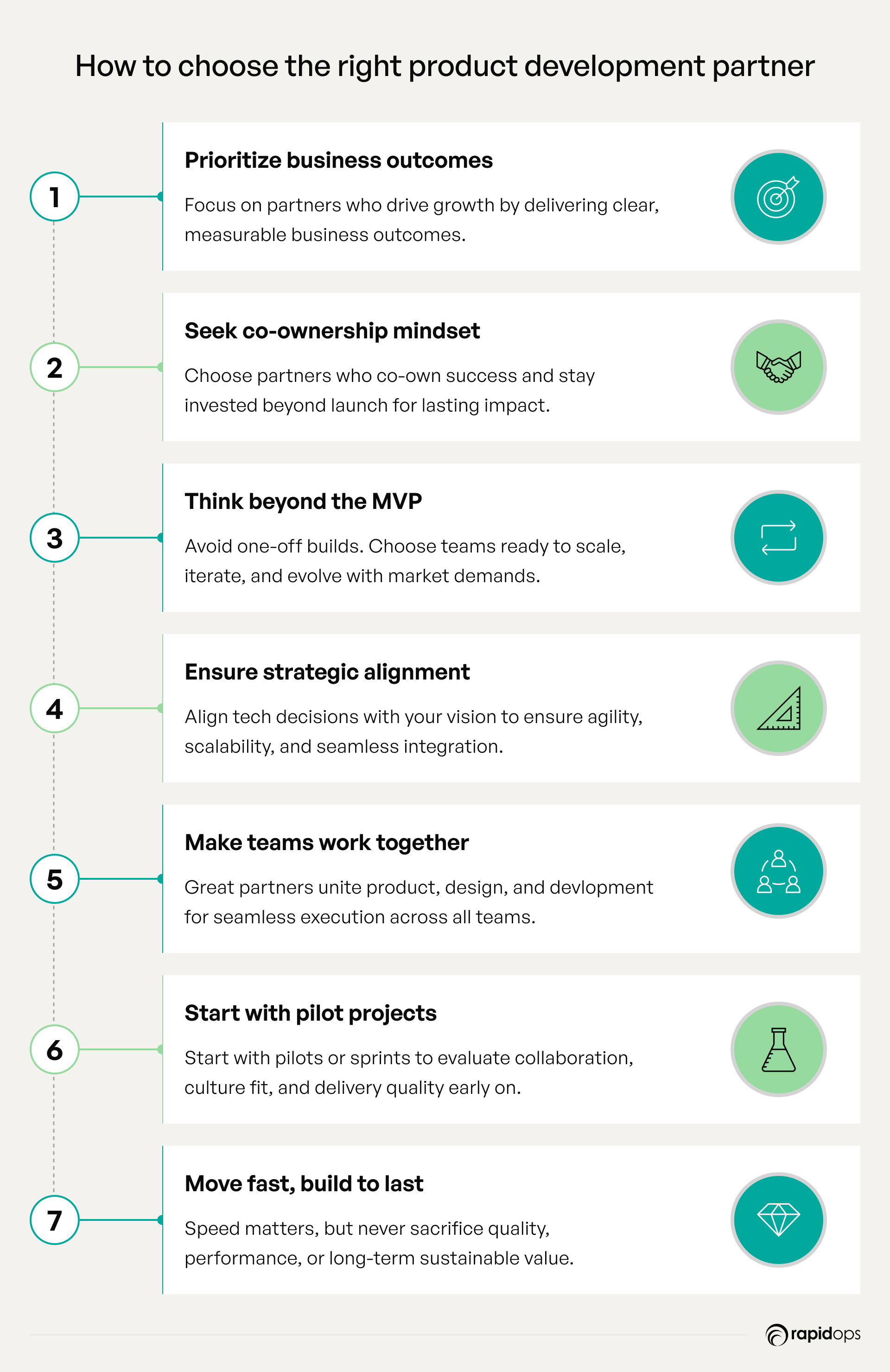
1. Focus on measurable business outcomes
A truly effective product development partner delivers more than just code; they translate technical execution into tangible business results. Look for partners who prioritize outcomes such as revenue growth, customer retention, and accelerated time-to-market. This outcome-driven focus ensures alignment with your strategic objectives, not just the checklist of features. Ask how they measure success and track key performance indicators throughout the development lifecycle.
2. Look for co-ownership of success
Select a partner who views your product’s success as a shared responsibility, not a one-off deliverable. This collaborative mindset means actively participating in defining success metrics and engaging in continuous improvement cycles. Such technology partners co-own both the wins and challenges, remaining invested well beyond initial launch to optimize product performance and market fit.
3. Confirm commitment beyond the MVP
An MVP development company that only delivers a minimal viable product without plans for iteration misses the broader value of agile product development. The right partner prepares for scalable, end-to-end product development, with a clear roadmap for post-launch enhancements, feature expansions, and adaptation to evolving market needs. Their long-term commitment ensures sustained innovation and relevance.
4. Align technical execution with strategic goals
Strategic alignment goes beyond understanding your business model, it requires technical decisions that directly support your vision. Your partner should integrate architectural choices, technology stacks, and development methodologies in a way that enables agility, scalability, and integration with existing systems. Whether working as an app development partner or a custom software development provider, they must connect technology with your market realities and growth plans.
5. Enable true cross-functional collaboration
Successful product development depends on seamless collaboration across diverse teams, product management, engineering, design, compliance, and business stakeholders. Assess how your potential partner facilitates this cross-functional synergy, manages communication, and resolves dependencies. A partner experienced in managing hybrid or offshore teams brings operational maturity that safeguards delivery quality and pace.
6. Validate fit through short-term engagements
Before fully committing, consider starting with pilot projects or discovery sprints. These short-term engagements provide invaluable insights into the partner’s delivery maturity, communication style, and cultural compatibility. This hands-on experience helps mitigate risk and ensures a smooth working relationship before scaling into full outsourcing product development.
7. Balance speed with sustainable value
While rapid delivery is important, it should never come at the cost of quality or future proofing. The ideal partner balances velocity with thoughtful, sustainable outcomes. They embrace agile product development principles that support iterative releases while maintaining high standards for security, performance, and maintainability.
Confidently choose the product partner who moves you forward
The decision to choose a product development partner often comes at a pivotal moment when stakes are high, timelines are tight, and there’s no room for misalignment. It’s not just outsourcing a project; it’s about finding a partner who truly walks beside you to build what matters most.
Whether you’re evolving a legacy platform, launching a new digital venture, or scaling what’s already working, you need a partner who listens like a stakeholder, builds like an owner, and thinks three steps ahead. That’s the mindset required to create products that perform under pressure and grow with intention.
These insights are designed to clarify not only what to seek in a partner but also what becomes possible when you find the right one: a team that challenges assumptions, blends speed with strategy, creativity with precision, and ambition with practical limits.
At Rapidops, we’ve spent 16 years empowering businesses to do exactly that. From startups racing against the clock to enterprises reinventing digitally, we’ve been the engine turning ideas into scalable, resilient, and user-loved products. Beyond the deliverables, our commitment to adaptability, trust, and long-term partnership truly sets us apart.
If you’re facing important product decisions now, consider getting a fresh perspective. Book a free consultation with our experts and discover how the right partnership can bring your vision to life.
Frequently Asked Questions
What’s the difference between a product development partner and a software vendor?
A product development partner works closely with your business, contributing strategic insight and technical expertise throughout the product lifecycle, from concept to continuous improvement. Unlike a software vendor who mainly delivers a predefined solution, a partner co-owns success, adapts to your evolving needs, and focuses on measurable business outcomes, helping you achieve sustained growth and innovation.
When is the right time to bring in a product development partner?
Engage a product development partner early, ideally during ideation or MVP stages, to ensure strategic alignment, technical feasibility, and market fit. Early involvement allows for iterative feedback, risk mitigation, and faster time-to-market. If you’re facing scalability challenges, evolving market demands, or limited in-house expertise, it’s a strong signal to collaborate with a trusted partner.
How do I assess if a product development partner understands my industry?
Evaluate their experience with similar businesses and industries, including relevant case studies and client references. A credible partner demonstrates knowledge of industry-specific challenges, compliance requirements, and customer expectations. Ask how they tailor solutions to your market dynamics and whether they proactively suggest innovations that address your sector’s trends.
How do I compare multiple product development partners objectively?
Establish clear evaluation criteria focusing on strategic fit, technical expertise, communication, delivery track record, and post-launch support. Use pilot projects or discovery sprints to assess working styles and collaboration. Score each partner against your business priorities and long-term goals, ensuring your choice aligns with both immediate and future needs.
What should be included in a product development partner's RFP (Request for Proposal)?
An effective RFP outlines your business objectives, project scope, expected deliverables, timeline, budget, and evaluation criteria. Include questions on technical capabilities, experience, team structure, communication practices, and support models. A detailed RFP helps you identify partners who not only meet your requirements but also align with your strategic vision.
How do I know if my business is ready for a product development partner?
Your business is ready if you have a clear product vision, but need expertise to build, scale, or innovate efficiently. Signs include limited internal resources, desire to accelerate time-to-market, or a need for specialized skills. Readiness also means having defined goals and an openness to collaborative development to maximize value from your partnership.

Rahul Chaudhary
Content Writer
With 5 years of experience in AI, software, and digital transformation, I’m passionate about making complex concepts easy to understand and apply. I create content that speaks to business leaders, offering practical, data-driven solutions that help you tackle real challenges and make informed decisions that drive growth.

Let’s build the next big thing!
Share your ideas and vision with us to explore your digital opportunities
Similar Stories
- Engineering
- undefined Mins
- September 2022

- Engineering
- undefined Mins
- January 2016
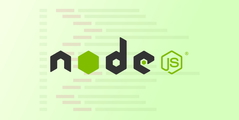
- Engineering
- 5 Mins
- November 2015
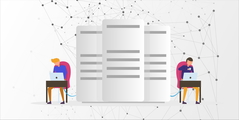

Receive articles like this in your mailbox
Sign up to get weekly insights & inspiration in your inbox.
